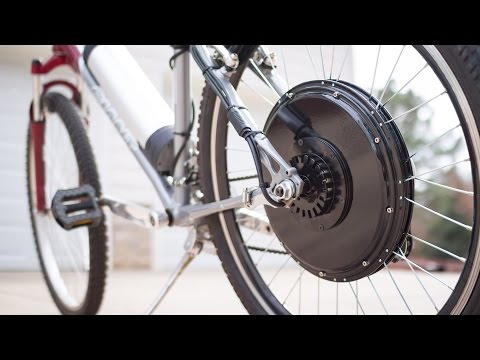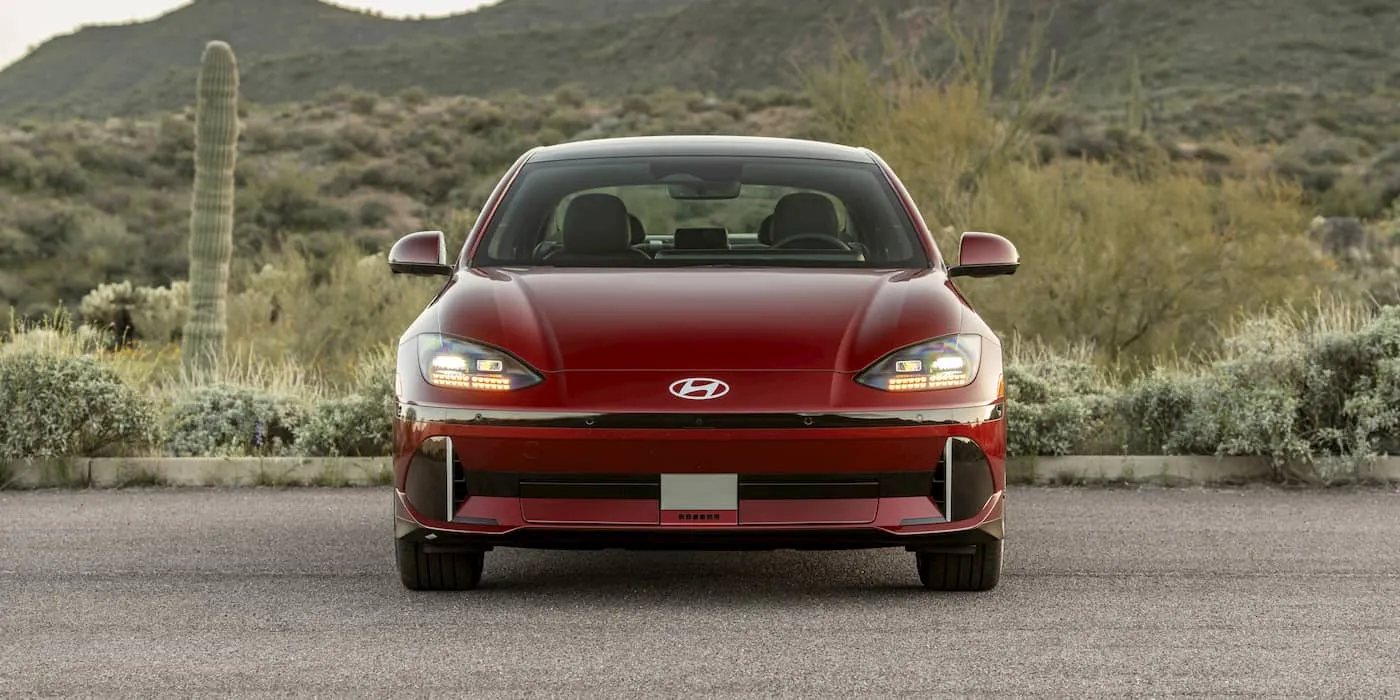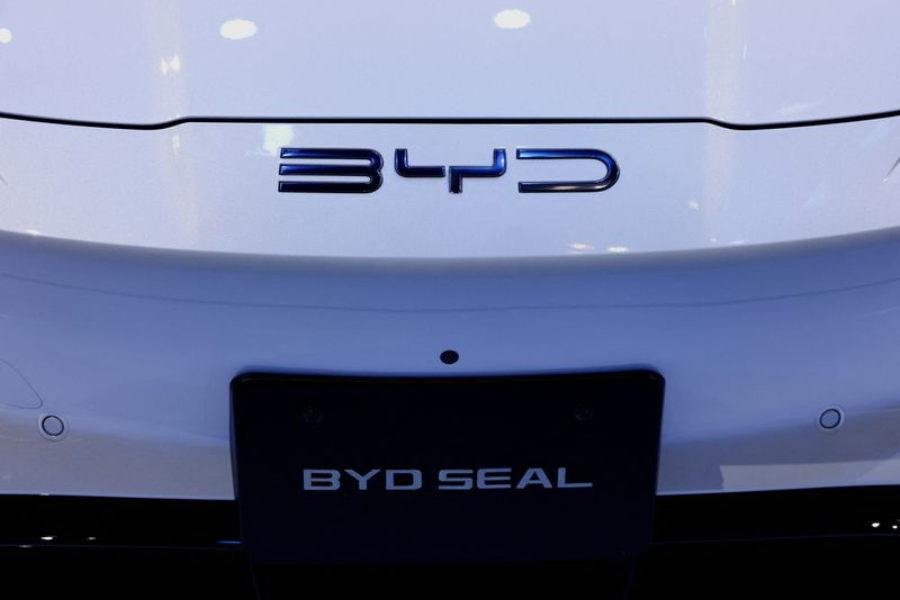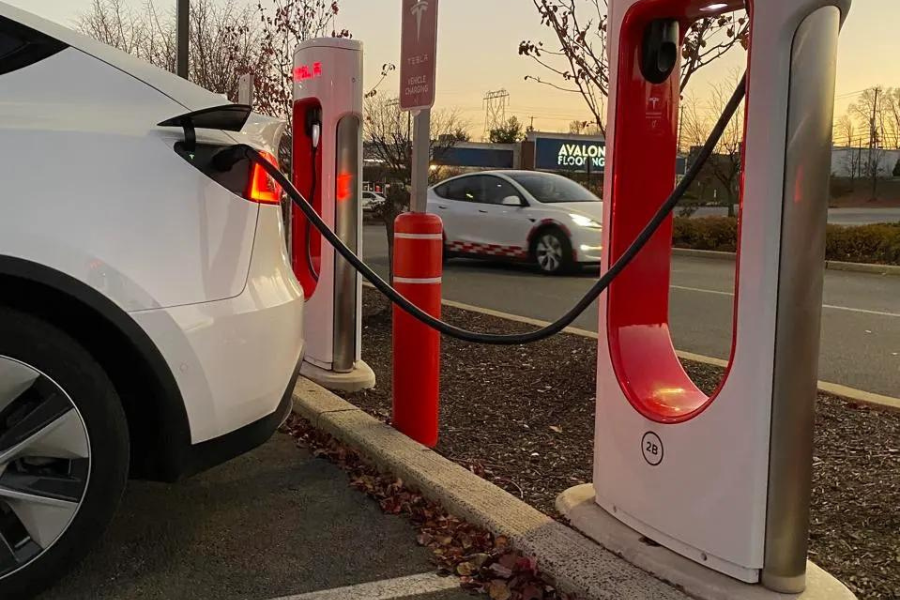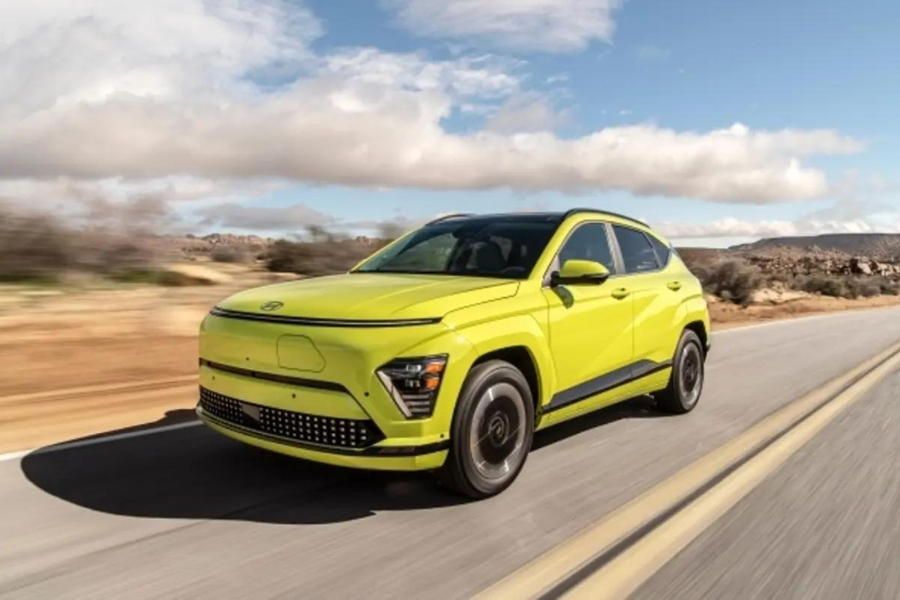How do I convert my fat tire bike to electric? This is a question many fat tire bike riders are asking as the popularity of electric bikes continues to rise. Fat tire bikes are known for their exceptional off-road capabilities and stability on rough terrain, but with an electric motor, they can become even more versatile.
Electric fat tire bikes offer increased power and speed and can easily tackle steep inclines. This article will explore converting a fat tire bike to an electric, including the components needed, installation tips, conversion kit, and cost analysis to help you make an informed decision on whether converting your fat tire bike is the right choice.
Is It Possible to Convert a Fat Tire Bike to an Electric?
There is a common question asked by newbies, which is, can you convert a fat tire bike to electric? Yes, converting your fat tire bike to an electric one can increase its versatility and functionality. However, before you begin, it’s essential to understand the feasibility and compatibility of converting a fat tire bike to an electric one.
One of the essential considerations when converting a fat tire bike to electric is the compatibility of the electric bike conversion kit with your bike. Fat tire electric bike conversion kit with battery is available, but it’s essential to ensure the kit you choose is compatible with your specific bike model and tire size.
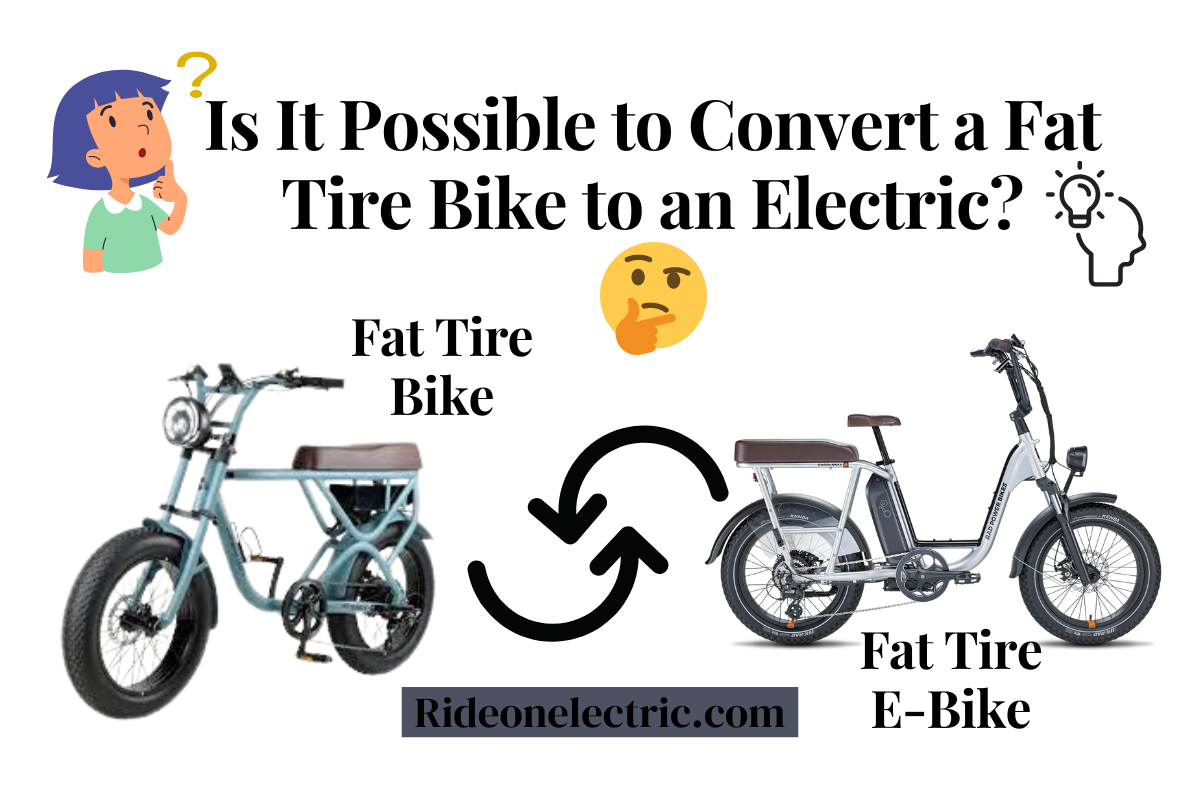
Additionally, it’s essential to consider the weight and power of the conversion kit. Fat tire bikes are typically heavier and can handle more rugged terrain than traditional bikes, so you’ll want to choose a conversion kit that can handle the added weight and stress.
Another consideration is the battery. Fat tire electric bike conversion kits typically come with a battery, but it’s vital to ensure the battery has enough power to handle the added weight and stress of a fat tire bike.
It’s also worth noting that converting a fat tire bike to an electric one may require additional modifications or adjustments to your bike. It’s essential to be aware of these potential extra costs and the level of technical expertise necessary to make the conversion.
Installing an E-bike with Conversion Kit
Installing an electric bike conversion kit can seem daunting, but with the right tools and basic mechanical knowledge, it can be a relatively straightforward process.
Here is a step-by-step guide for how do I install an ebike with a conversion kit.
- You’ll need a set of Allen wrenches, a Phillips-head screwdriver, and a torque wrench.
- Use the Allen wrenches to remove the axle nuts or quick-release lever on the rear wheel. Set the wheel aside after removing it with care.
- The electric motor typically attaches to the bike’s rear axle. Follow the instructions provided with your electric bike conversion kit to install the motor securely.
- Mount the battery on the bike frame or in a rear rack. Follow the instructions provided with your electric bike conversion kit to install the battery securely.
- Connect the wiring from the electric motor to the battery according to the instructions or manual that comes with your electric bike conversion kit.
- Carefully reinstall the rear wheel and secure it with the axle nuts or quick-release lever.
- Before you take your electric fat tire bike for a ride, it’s crucial to test it to ensure everything is working correctly.
Tips & Considerations
Some tips and considerations for a successful installation include:
- Read the instructions with your electric bike conversion kit carefully and ensure you understand them before you begin.
- Make sure to use the correct torque when tightening bolts and nuts, as over-tightening can cause damage.
- Ensure the battery is fully charged before testing the electric bike.
Having a professional mechanic check the installation is always a good idea if you need more confidence in your mechanical skills.
Is it Worth Converting a Bike to Electric?
A bike conversion can offer many benefits, but it’s essential to consider the benefits and drawbacks and weigh the potential costs and savings before deciding if it’s worth it.
Benefits Of Converting a Bike to Electric
- Increased versatility: E-bikes can be used for commuting, recreation, and off-road adventures.
- Increased range and speed: It can travel farther and faster than a traditional bike, making it an excellent option for longer trips.
- Reduced physical effort: They assist when pedaling, which makes it easier to tackle hills and headwinds.
- Cost savings: An electric bike can save money on transportation costs, mainly if used for commuting.
Drawbacks Converting a Bike to Electric
- Initial cost: Converting a bike to electric can be expensive, especially if you opt for a high-end conversion kit.
- Weight and size: Electric bike conversion kits can add weight and bulk to a bike, affecting its handling and storage. Is it worth converting a bike to electric? While deciding, it’s essential to consider your personal needs, budget, and how you plan to use the electric bike.
For some people, an electric bike’s increased versatility, range, and speed make it a significant investment. For others, the initial cost and ongoing maintenance may outweigh the benefits.
Cost to Turn a Regular Bike into an Electric Bike
The cost of converting a regular bike into an e-bike can vary depending on the type of conversion kit you choose, the cost of any additional parts or tools, and the cost of professional installation if you choose to have it done.
How much does it cost to turn a regular bike into an ebike?
Electric bike conversion kits can range in price from around $500 to $2000. High-end kits generally have more powerful motors, longer-lasting batteries, and more advanced features like a built-in computer or display. Low-end kits will be less expensive but may have less power or range.
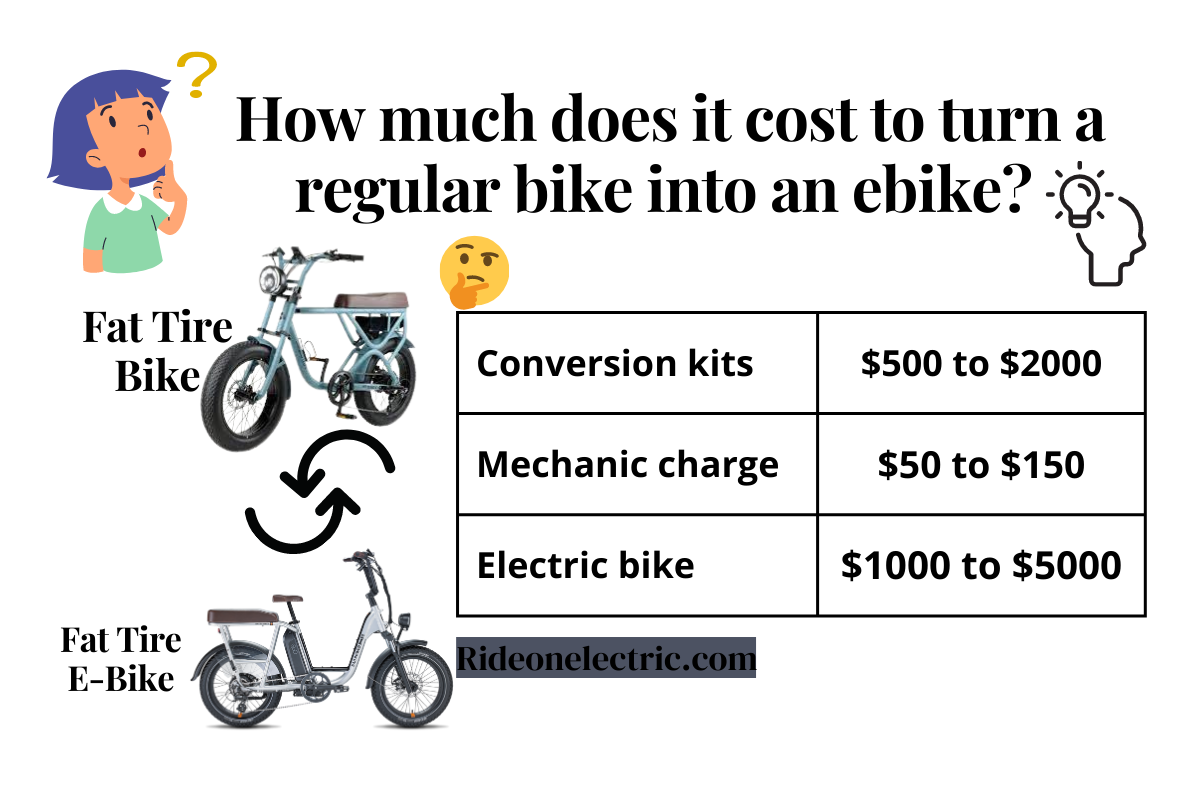
When it comes to additional parts or tools, you may need to purchase additional components like a new rear wheel, a new battery, or a new controller. These additional costs can add up and should be considered when calculating the conversion’s overall cost.
The labor cost can also be high if you have the installation done professionally. A professional mechanic can charge anywhere from $50 to $150 or more for installation. Purchasing a pre-built electric bike can cost anywhere from $1000 to $5000 or more.
Converting a regular bike into an e-bike can be more cost-effective than buying a pre-built electric bike. It’s essential to consider the conversion kit costs, additional parts or tools, and the cost of professional installation when calculating the overall cost.
The battery life of an e-bike depends on the brand and model of the battery, but most e-bikes can last between 20-60 miles on a single charge.
While it is possible to install an e-bike conversion kit by yourself, it’s always a good idea to have a professional mechanic check the installation if you need more confidence in your mechanical skills.
It is possible to convert any bike into an e-bike using an electric bike conversion kit.
Most e-bikes are designed for street use, and it’s essential to check if they can ride on off-road trails before doing so.

